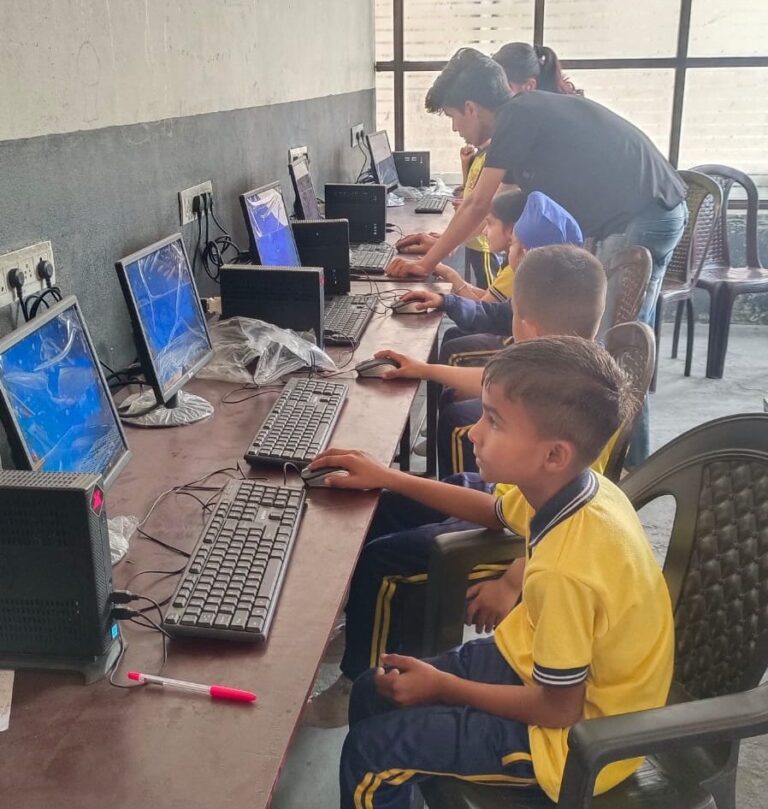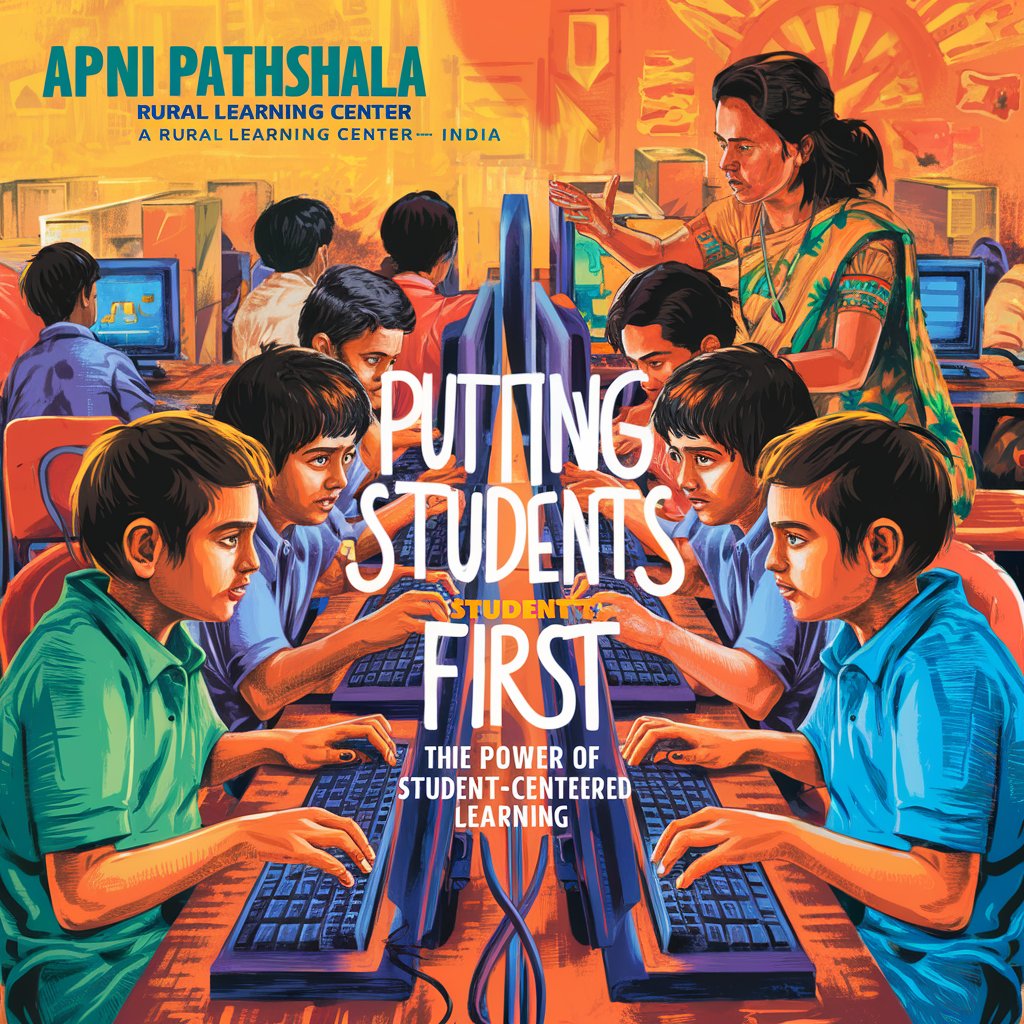Apni Pathshala
Putting Students First: The Power of Student-Centered Learning
Imagine a classroom where students aren’t just memorizing facts from textbooks, but actively involved in their own learning.They’re asking questions, discussing ideas, and tackling real-world problems. This isn’t a scene from a futuristic movie; it’s the heart of student-centered learning, a powerful approach that’s transforming education.

Apni Pathshala
In the traditional classroom, the teacher is often the center of attention, delivering information and expecting students to absorb it. While this method has its place, it can leave students feeling disengaged and passive in their learning journey. Student-centered learning flips the script. In this approach, the focus shifts to the student’s needs, interests, and learning styles. Teachers become facilitators, guiding students as they explore topics, develop critical skills, and discover their unique talents.
Why Student-Centered Learning Matters
So, why is student-centered learning gaining so much traction? There are several compelling reasons. First, it fosters a deeper understanding of concepts. When students are actively involved in their learning, they’re more likely to connect with the material on a personal level. They’re not just memorizing facts; they’re making connections, asking questions, and applying their knowledge to solve problems.
Second, student-centered learning empowers students to become independent learners. By taking ownership of their learning process, students develop essential skills like critical thinking, problem-solving, and collaboration. These skills are crucial for success in any field, not just academics, and will prepare them for a lifetime of learning.
Third, student-centered learning fosters a more engaging and motivating learning environment. Students who feel like their voices are heard and their interests are valued are more likely to be enthusiastic about learning. This can lead to increased participation, improved academic performance, and a love for lifelong learning.
How Does Student-Centered Learning Work?
There’s no one-size-fits-all approach to student-centered learning. The specific methods will vary depending on the age of the students, the subject matter, and the teacher’s philosophy. However, there are some common features that define this approach.
Here are a few examples:
- Project-Based Learning: Students work collaboratively on projects that require them to apply their knowledge and skills to solve real-world problems.
- Inquiry-Based Learning: Students are encouraged to ask questions, research topics, and discover knowledge on their own. This fosters curiosity, critical thinking, and self-directed learning.
- Differentiation: Teachers personalize learning experiences to cater to different learning styles and abilities, ensuring all students are challenged and supported.
Benefits Beyond the Classroom
The benefits of student-centered learning extend far beyond academic achievement. Students who experience this approach develop valuable life skills like communication, collaboration, problem-solving, and critical thinking. They become more adaptable, resourceful, and self-directed learners, preparing them for success not just in school, but also in their careers and personal lives.
Putting Students First: A Shared Responsibility
Creating a successful student-centered learning environment requires a shift in mindset, not just from teachers, but also from parents, administrators, and the wider community. Teachers need ongoing support and professional development to implement these methods effectively. Parents can play a crucial role by encouraging curiosity, fostering a love for learning at home, and collaborating with teachers.By working together, we can create learning environments that truly put students first and empower them to reach their full potential.
FAQ
Frequently Asked Questions
In teacher-centered learning, the teacher is the primary source of information, and students are expected to passively absorb it. In student-centered learning, the focus is on the student’s needs and interests. Students are actively involved in their learning process, developing critical skills and a deeper understanding of concepts.
No, student-centered learning does not mean there are no rules or expectations. Teachers still play a crucial role in facilitating learning, providing guidance, and ensuring students are meeting learning objectives. However, they do so in a way that empowers students to take ownership of their learning journey.
Parents can support student-centered learning by creating a stimulating learning environment at home, encouraging curiosity, asking open-ended questions, and fostering a love for learning. They can also collaborate with teachers and advocate for student-centered approaches in the classroom.

